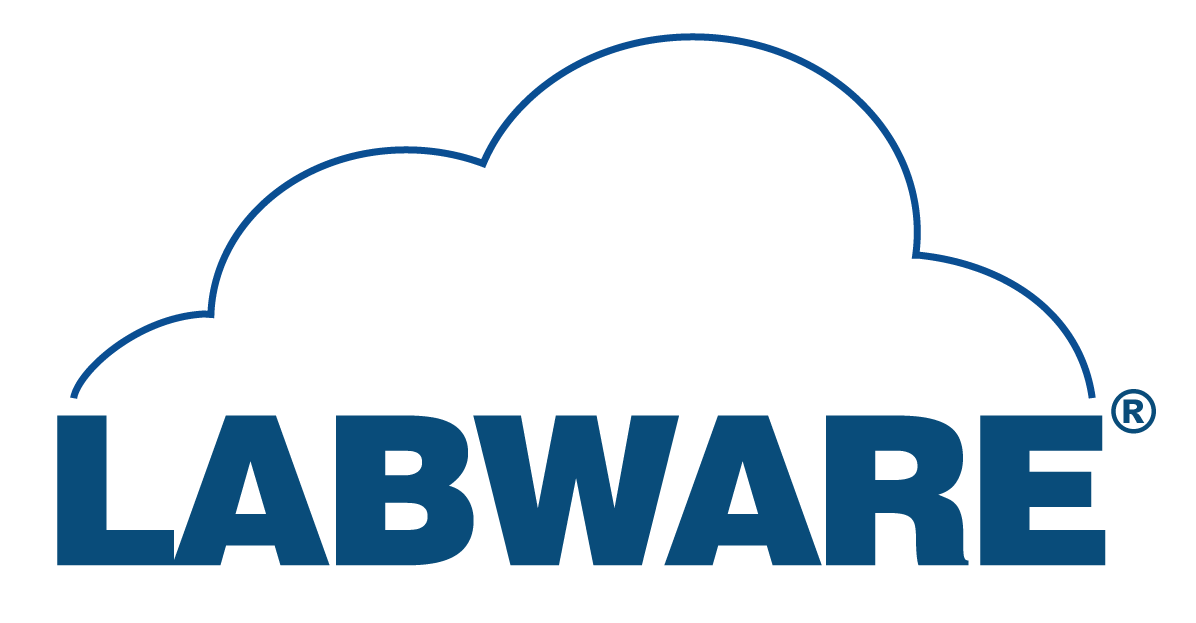
In today's fast-paced laboratory environment, efficiency, accuracy, and compliance are more critical than ever. However, many labs continue to operate without a modern Laboratory Information Management System (LIMS) due to perceived costs, fear of disruption, or reliance on outdated legacy systems.
Laboratories that delay upgrading their systems face operational inefficiencies and compliance risks, making it harder for them to compete with those that have embraced digital transformation.
If your lab is hesitant to adopt a LIMS, it's crucial to grasp the full extent of what that decision could cost you. Here's a look at what's at stake.
The Hidden Costs of Delaying LIMS Adoption
1. Operational Inefficiencies Drain Time and Resources
Without a centralized digital system, laboratories rely heavily on manual data entry, spreadsheets, and paper-based processes, leading to:
- Higher error rates due to human mistakes.
- Duplicate data entry, increasing administrative burden.
- Slower turnaround times, causing delays in critical testing and reporting.
By automating data collection, sample tracking, and workflow management, LIMS eliminates these inefficiencies, freeing lab personnel from the burden of administrative work and allowing them to focus on high-value tasks.
2. Increased Compliance and Regulatory Risks
Regulatory requirements are becoming stricter, and labs that lack proper data management systems risk failing audits, facing fines, or losing accreditation.
Common compliance risks for labs without LIMS include:
- Data integrity issues, such as missing or altered records.
- Lack of audit trails, making regulatory inspections more challenging.
- Version control problems leading to discrepancies in documentation.
A LIMS ensures audit readiness, providing labs with a sense of security and confidence in their ability to comply with evolving regulations.
3. Lack of Data Visibility Limits Decision-Making
Lab information remains siloed and inaccessible without a modern data management system, preventing leadership from making informed, data-driven decisions.
When key stakeholders lack access to real-time insights, they:
- Miss opportunities to optimize processes and reduce waste.
- Struggle to identify trends that impact strategic planning.
- Deal with delays in reporting, reducing agility in responding to issues.
A LIMS provides centralized data management, allowing labs to gain instant visibility into workflows, test results, and performance metrics.
4. Financial Costs of Maintaining Outdated Systems
The longer a lab postpones LIMS adoption, the more expensive it becomes to maintain patchwork legacy systems and manual processes. The hidden financial costs of inaction include:
- Increased labor costs from manual workarounds.
- Unnecessary retesting due to errors in sample tracking.
- Expensive system maintenance for outdated software and hardware
Investing in a modern LIMS pays off in cost savings, efficiency gains, and long-term scalability.
Why Labs Resist Change – And Why It's a Mistake
1. Perceived High Cost of LIMS Implementation
Many organizations believe that a new LIMS is too expensive. However, they fail to account for the return on investment (ROI) of LIMS adoption:
- Reduced operational costs by automating repetitive tasks.
- Faster turnaround times, leading to increased productivity.
- Fewer compliance penalties, avoiding regulatory risks.
With cloud-based SaaS LIMS options, labs can now implement cost-effective solutions with minimal upfront investment.
2. Fear of Disruption to Current Processes
Change can feel daunting, but modern LIMS solutions simplify adoption. Implementation strategies, such as phased rollouts and integration with existing systems, help minimize disruption.
Additionally, most LIMS providers offer comprehensive training and support, ensuring a smooth transition for laboratory staff.
3. Dependency on Legacy Systems
Some labs rely on legacy systems because they are "good enough." However, these systems:
- Lack flexibility and scalability for future needs.
- Require costly maintenance and updates.
- Do not support modern regulatory compliance requirements.
Sticking with outdated technology prevents growth and innovation, making competing in a rapidly evolving industry harder.
The Competitive Advantage of Early LIMS Adoption
1. Increased Efficiency and Productivity
Labs that implement LIMS experience significant time savings and fewer errors. Automation streamlines workflows, allowing scientists to focus on research rather than administrative tasks.
2. Stronger Compliance and Risk Mitigation
A modern LIMS ensures:
- Complete audit trails for regulatory inspections.
- Secure electronic records that meet compliance standards.
- Automated reports to simplify documentation.
3. Scalability for Future Growth
A LIMS scales effortlessly, allowing labs to:
- Expand operations without additional administrative burden.
- Adopt new technologies as the industry evolves.
- Meet evolving regulatory requirements with ease.
Investing in LIMS today ensures long-term success and prevents costly disruptions.
Conclusion: The Risk of Doing Nothing is Greater Than the Risk of Change
Delaying LIMS adoption may seem like the easier choice, but the risks far outweigh the short-term convenience:
- Inefficiencies will continue to drain time and resources.
- Compliance risks will increase with evolving regulations.
- Competitors who adopt LIMS will gain a competitive edge.
The good news is that it's never too late to modernize. By investing in a scalable, trusted LIMS, your lab can future proof its operations and unlock greater efficiency, compliance, and cost savings.
Ready to Take the Next Step?
Are you ready to future-proof your lab? Contact LabWare today for a free consultation and see how our industry-leading LIMS Solutions can transform your operations.















